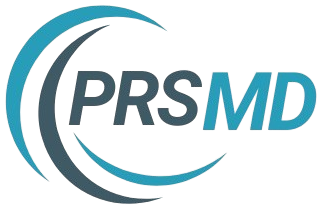Optometry & Ophthalmology Billing
Optometry and ophthalmology billing involve the complex task of submitting and managing claims for eye care services. While both specialties deal with vision and eye health, their billing processes differ in scope, payer policies, and coding practices, especially when distinguishing medical vs. routine vision services.
- Home
- Service
- Optometry & Ophthalmology Billing

Billing Challenges in Eye Care
Differentiating medical vs. routine care
Vision plan vs. medical payer confusion
Refractions are often excluded from medical insurance
Prior authorizations for surgeries or injections
Denials due to incorrect modifier use
Dual coverage (Medicare + commercial vision plans)
For More Info

Best Practices for Optometry & Ophthalmology Billing
✅ Always verify both vision and medical coverage
✅ Document whether the visit is routine or medical
✅ Use appropriate CPT/ICD-10 codes with supporting notes
✅ separate refraction from the medical visit on claims
✅ Apply modifiers accurately to avoid bundling issues
✅ Stay updated on payer-specific LCD/NCD guidelines

